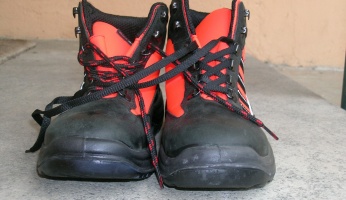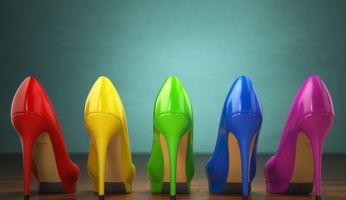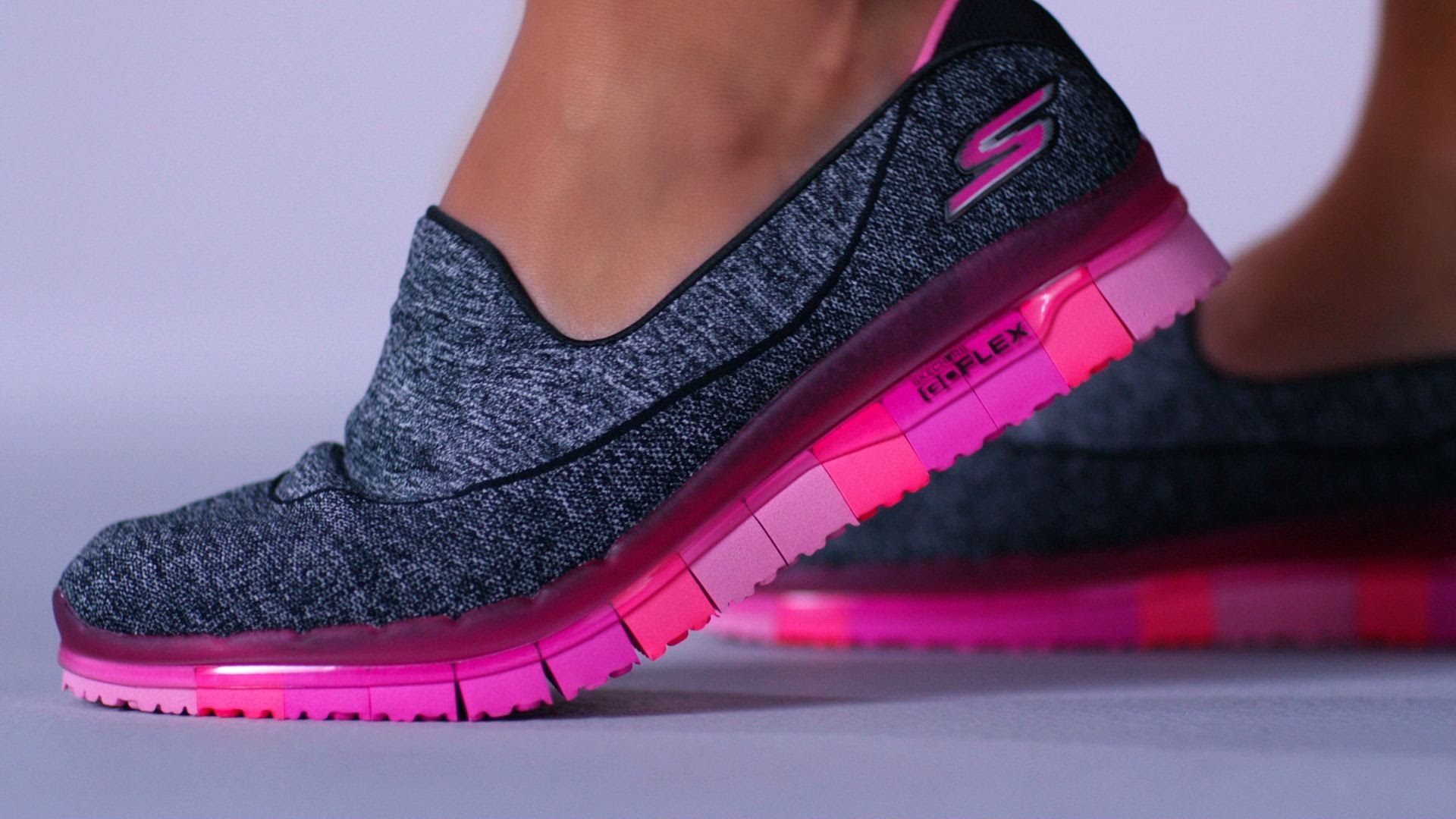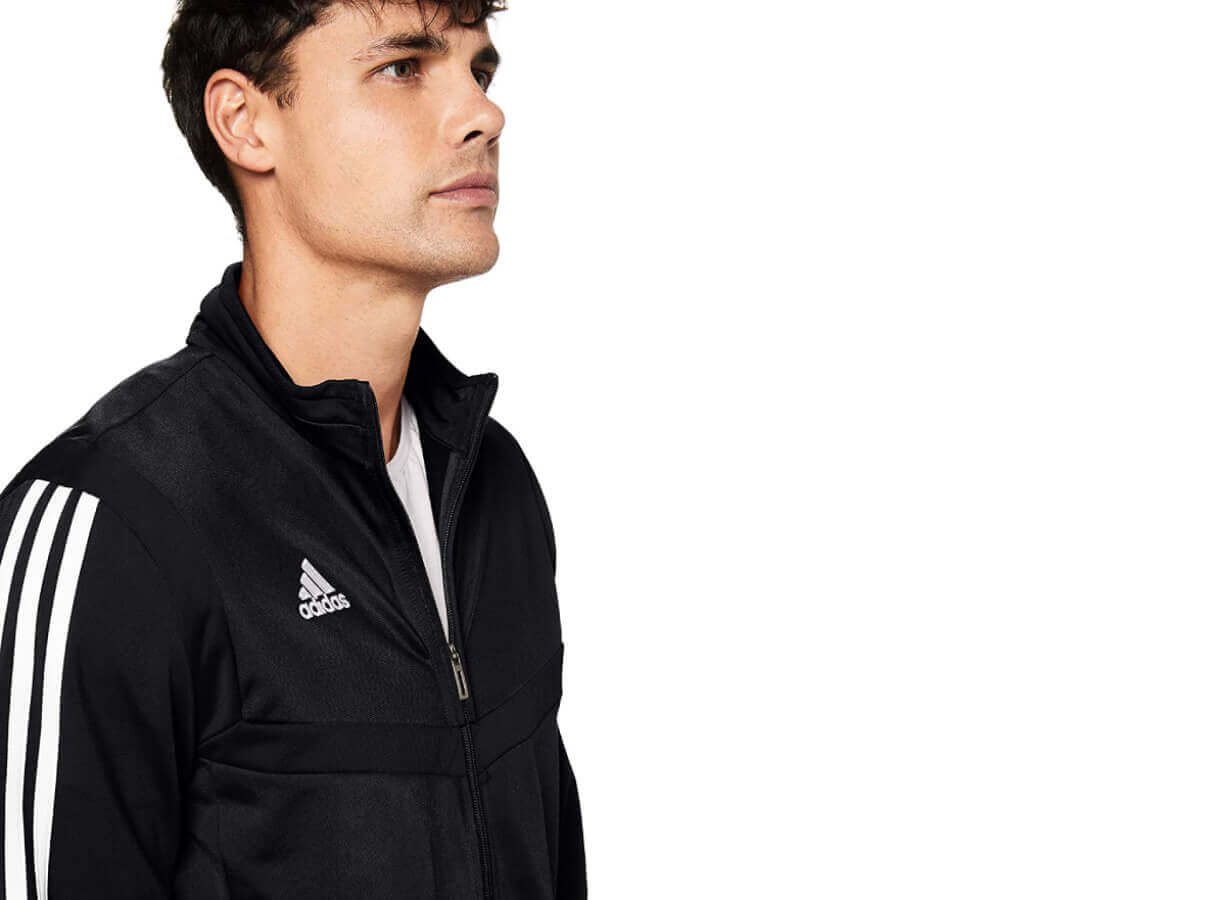The Health Dangers from Wearing Uncomfortable Shoes

“Uncomfortable shoes” may not sound serious, and in fact, they may not be. But it’s hard to say, and upon closer inspection, there may be far more health dangers and implications from wearing uncomfortable shoes than you might suspect.
It’s an easy thing to do: get attached to a pair of shoes because you love the way they look. So what if they are just fractionally too tight, rub your heel slightly wrong or crowd your toes for space?
Buying the right shoes is not simply a matter of personal style. It can also be a critical decision in terms of your health. The average human will walk 115,000 miles in a lifetime – that’s more than 4 times around the earth when you total it up.
With every step we take our feet are subjected to considerable strain and pressure, our shoes need to protect and support us — not detract from us with an uncomfortable feeling.
We are not medical professionals or podiatrists, but we have done some considerable research into this topic and have compiled a list of common possible health dangers of wearing uncomfortable shoes. We’ve listed and will discuss them further below — enjoy!
The Dangers of Bad Shoes
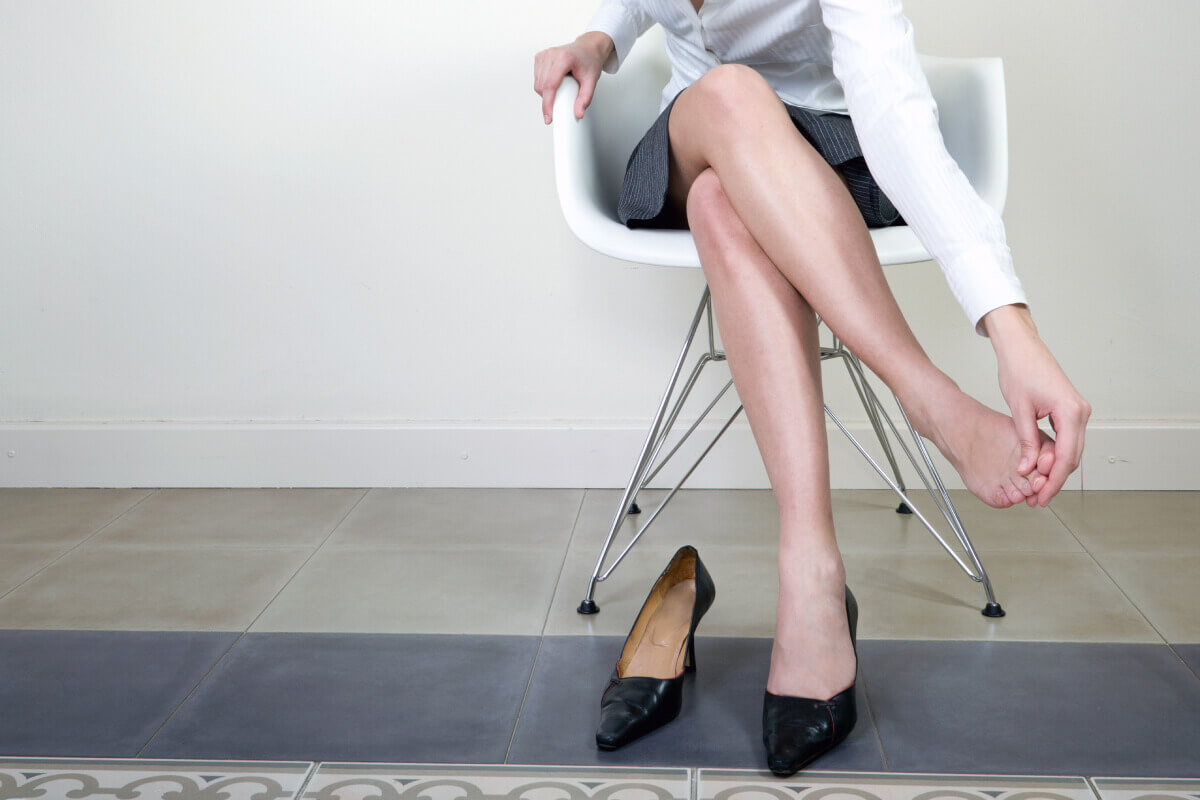
Can exacerbate bunions
A bunion is a bony bump that forms on the joint at the base of your big toe. It forms when your big toe pushes against your next toe, causing the joint of your big toe to get bigger and stick out awkwardly. It should come as no surprise that ill-fitting and tight shoes are often the root cause or making the problem worse. Squashing your feet together in cramped space inside uncomfortable shoes can lead to, and make worse this painful condition.
Can cause joint pain
If your shoes are lacking in proper shock absorption or the absorption they do have is uncomfortable, this can lead to sore joints. When your shoes don’t suck up some of the impacts it can cause the knee to absorb the brunt of every step, which can lead to severe joint pain and the worsening of arthritis symptoms. Your ankles take a lot of brunt in this sense too, particularly if the uncomfortable shoes you are wearing happen to be heels.
Calluses
When you force your feet into shoes that are not comfortable you create pressure on the sides of your feet and toes. Over the course of time, this consistent rubbing leads to the hardening of your skin and formation of calluses. Normally calluses don’t cause any pain but they can be a bit unsightly. If it’s wintertime you may not care, but come summer having big calluses on your feet isn’t particularly fun or sexy.
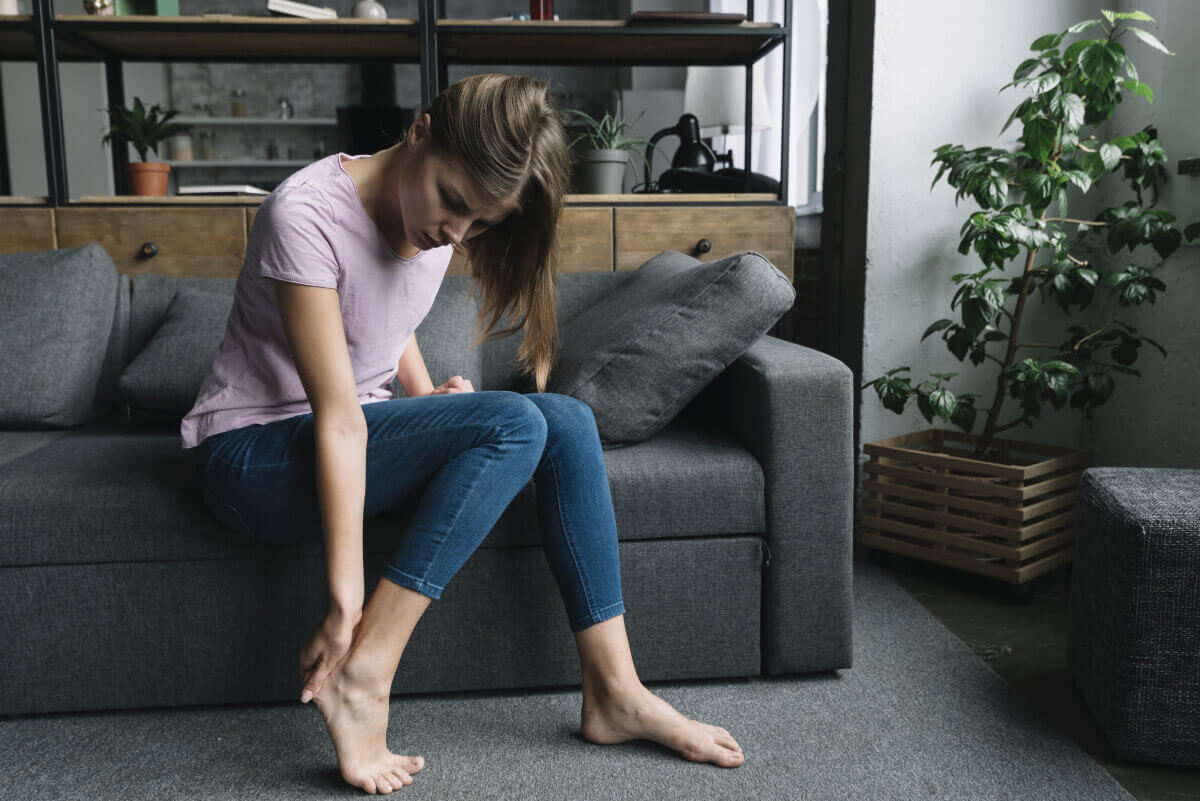
Increased risk for ingrown toenails
Ingrown toenails suck. It’s as simple as that. One hallmark of many an uncomfortable shoe is a crowded toe box. A shoe that does not allow for adequate space for your toes places your toenails under greater than normal pressure. This pressure doesn’t always, but can often lead to ingrown toenails, which occur when the side of your toenail starts growing into your skin. This can be seriously painful. The good news, however, is we’ve written an entire post (insert link) on how to care for this issue if you’ve had the misfortune to experience(ing) it.
Additional heel pain
According to a survey by the American Podiatric Medical Association, almost half of Americans experience heel pain in a given year. A similar number reported this pain affected their daily activities. Heel pain can come from a number of different sources, the most common include shoes that are too tight, bruising from contact or weight gain. Heel pain can occur on essentially any part of the heel. Wearing comfortable shoes, picking the correct type of shoes for exercise and replacing shoes that show obvious signs of wear are all good precautions to avoid this problem.
Athlete’s foot from poorly fitting shoes
Athlete’s foot can strike more than just athletes, and wearing uncomfortable shoes can greatly increase your risk. Athlete’s foot is an itchy, burning skin irritation that generally occurs between the toes or on the sole of the foot. It is caused by microscopic fungi — which love to hang out in warm, moist places (your sweaty uncomfortable shoe being a prime location). If you struggle with an athlete’s foot, wash your feet every day dry with extra care and apply some topical antifungal medication and/or foot powder such as Goldbond. Also, be sure to give your feet as much air as possible, and wearing sandals tends to help.
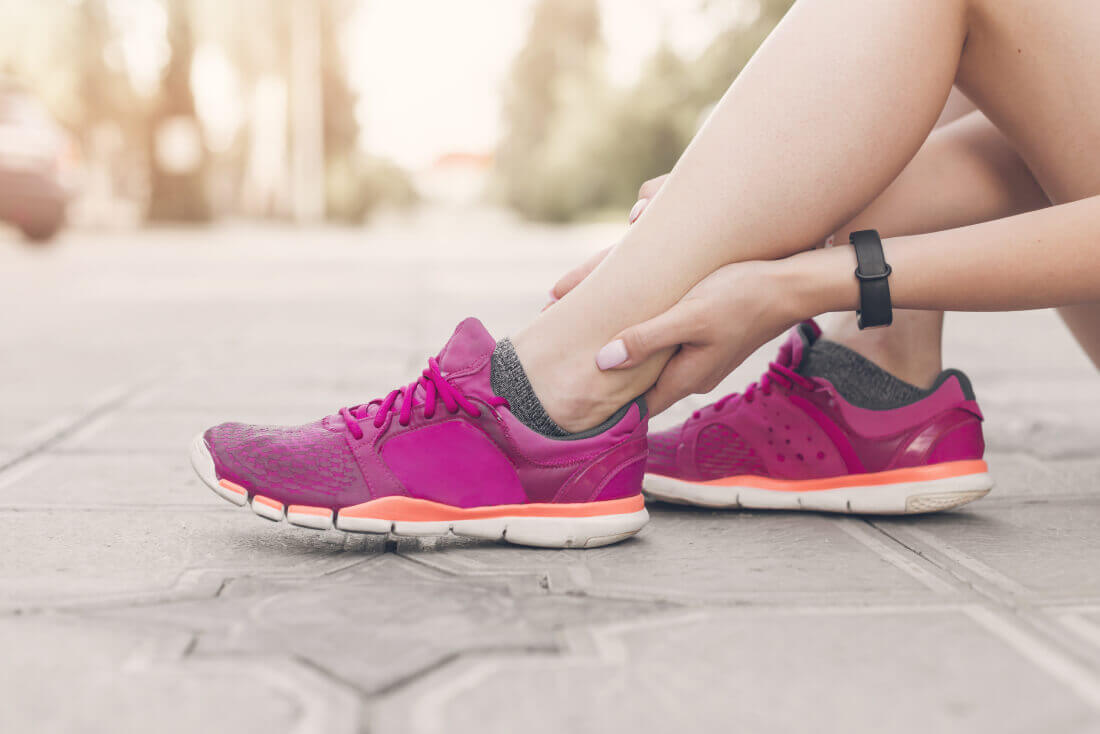
Fan-favorite: Blisters and corns
If you’re wearing a shoe on a regular basis that’s too small or otherwise uncomfortable (read heels), then you’re rubbing against the sensitive skin that covers your feet. The body’s natural response to this rubbing is often to create small fluid-filled pockets known as blisters. Although blister serves a useful function, they are super annoying. Blisters can be irritating and painful, can definitely cramp your style. Another strategy your skin uses to protects itself from ill-fitting shoes is the creation of hard skin over the irritation, called corns. While less problematic than blisters corns are not a whole lot of fun either.
It’s not rocket science, wear uncomfortable shoes and you will likely suffer the consequences. Those consequences are more varied, painful and impactful than many people might realize, however. So take good care of your feet, and no matter how cool/flashy/sexy a pair of shoes are — if they don’t make your feet feel good don’t wear them!
Disclaimer
The information, including but not limited to, text, graphics, images and other material contained on this website are for informational purposes only. The purpose of this website is to promote broad consumer understanding and knowledge. It is not intended to be a substitute for professional medical advice, diagnosis or treatment. Always seek the advice of your physician or other qualified health care provider with any questions you may have regarding a medical condition or treatment and before undertaking a new health care regimen, and never disregard professional medical advice or delay in seeking it because of something you have read on this website.





